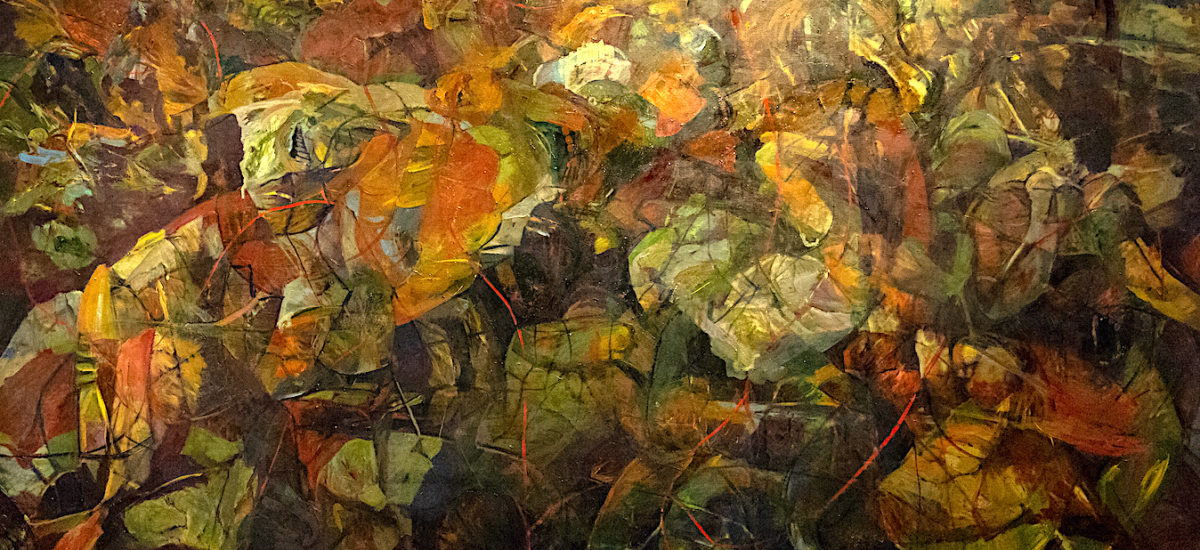Art is a powerful medium of expression that is incorporated by activists and advocates across multiple cultures and spaces to commemorate and establish a sense of permanent memorialization of history.
In Sri Lanka, where a history of conflict and societal divisions has left deep scars, art’s significance as a medium of expression takes on even greater importance, serving as a catalyst for healing, reconciliation and fostering a shared understanding of the nation’s complex past.
Dr. Chandraguptha Thenuwara, one of Sri Lanka’s leading artists, has consistently used his art as a vessel to memorialize the tragedies associated with the civil war and the events that led to devastating loss and destruction. His work has played a significant role in shaping the development of contemporary art and the discourse around art and society.
To commemorate 40th anniversary of the state instigated pogrom against Tamils in July 1983, Dr. Thenuwara presents three art exhibitions – Delusions, Covert and Fragile – to mark Black July and its influence on the ongoing issues of militarism, religious extremism and nationalism. His work has never been more applicable to Sri Lanka following the 2018 anti-Muslim riots, the Easter Sunday bombings in 2019 and the people’s uprising and resulting state sponsored violence that occurred in 2022.
His work is a truly tactile experience as Dr. Thenuwara utilizes space, color and material to symbolize the inauthentic image of harmony and prosperity that looms over unhappiness and division. The immediate experience one feels as you enter the Saskia Fernando Gallery and the Lionel Wendt is the understanding that the exhibitions are in no way to push a singular agenda. Rather, they are an attempt to use colors such as saffron and khaki to depict the incomprehensible power that military and religion play politics in the past and the present. This is important imagery as it represents two actors who have consistently overrun the rule of law and permeated the ethnic conflict that has left Sri Lanka unable to shake off its violent past.
Dr. Thenuwara’s artwork is subtle and pushes the message that there is a sense of refusal to acknowledge the war and the anti-Tamil pogrom in modern Sri Lanka. The tall barrels painted in khaki covered in barbed wire throw the observer straight into the battlefront. He asks his observers to find our consciousness and our moral guide as we walk through the exhibition. Along with the bewilderment I felt in realizing that humanity was capable of the horrific violence that ensued in July, I felt immense pain for the victims and their families who had no choice but to flee, leaving everything they held dear in the hands of looters and rioters. Dr. Thenuwara asks us why people choose to be apolitical when the world and all its affairs are political. The artworks challenge individuals to reflect on their roles as citizens and to embrace political awareness, recognizing that personal and collective actions are vital for shaping the nation’s trajectory and asks that we become advocates for social justice and to hold those in power liable for their actions.
Dr. Thenuwara presented a third exhibition of six young artists at the JDA Perera Gallery, Fragile, that featured works of Devinda Gamage, Shanika Wijesinghe, Shabrina Zarook, Vinoja Tharmalingam, Arulraj Ulganathan and Fathmia Rukshana. The purpose was to display work that reflected each artist’s journeys, stories that narrated the experiences of violence, struggle, gender biases, marginalization and loss of freedoms. It revealed the multi-faceted issues that plague Sri Lanka stemming from a refusal to fix systematic poverty and racism and to acknowledge past violence. I noticed the eerie similarities that Sabrina Zarook faced during the anti-Muslim riots in 2018 with Black July as I observed the shattered window symbolizing the potential for violence to re-occur. The devastatingly poor quality of life experienced by Arulraj Ulaganathan who grew up in the line rooms evokes shame and disgust as he juxtaposed those living conditions with Colombo’s towering skyscrapers. Each artist presented the same message that their stories are consistently silenced and left unheard by leaders and powerful individuals. Their frustration is felt through their art, and an enduring message of accountability to prevent re-occurrence is loud and clear. Each artist’s journey and the stories they tell reveal the pervasive nature of social issues that continue to afflict Sri Lanka. Their art becomes a powerful tool to challenge the status quo, advocate for change and demand accountability from those in power.
Through the transformative power of art, the works of Dr. Thenuwara and the other artists open dialogues about the nation’s challenges and potential solutions. Their efforts inspire us all to become proactive advocates for a more inclusive, compassionate and equitable society where the voices of the marginalized are heard and the mistakes of the past are not repeated. These exhibitions are not only a celebration of artistic expression but also a call to action, urging each of us to contribute to positive change.


